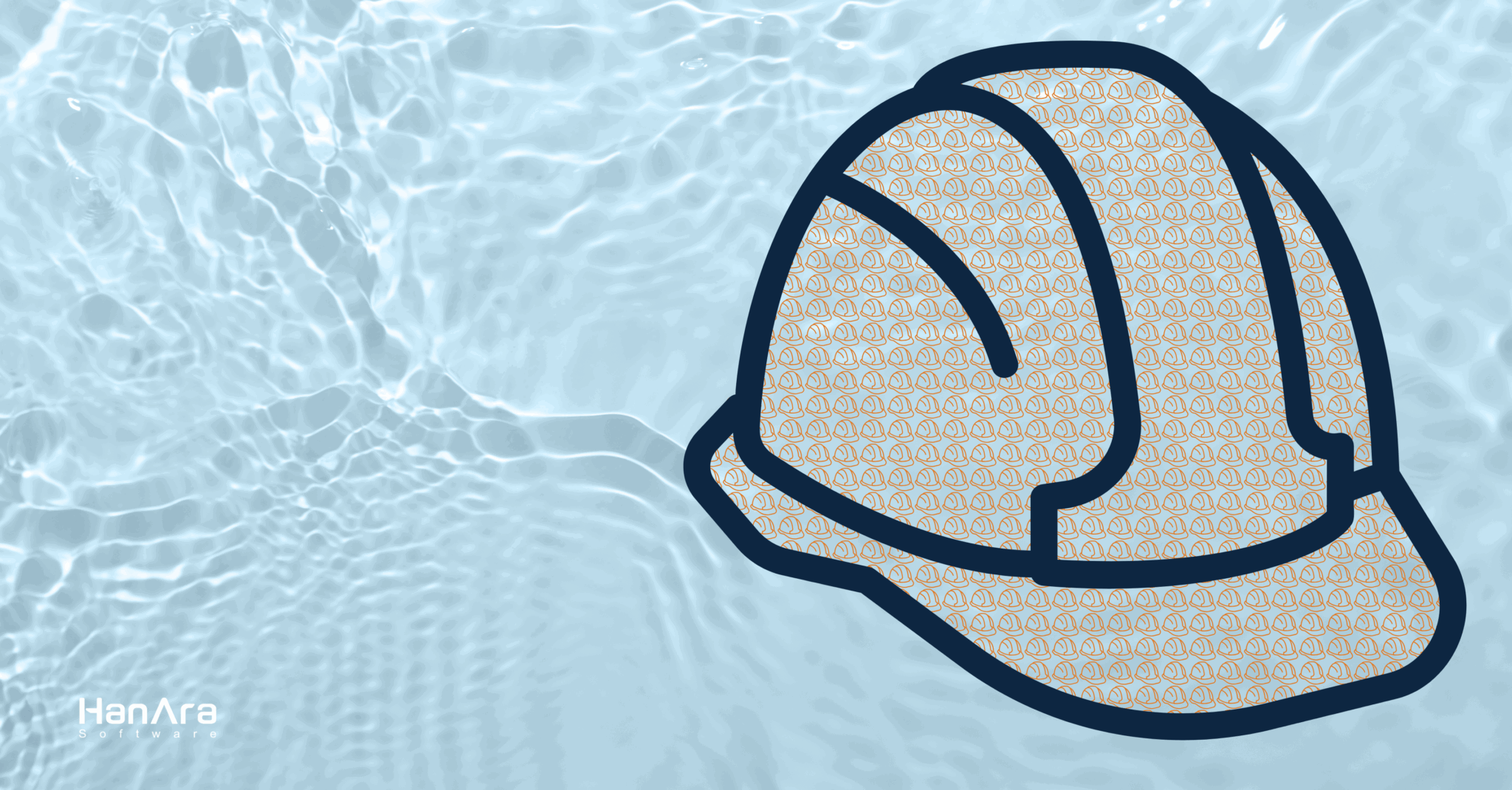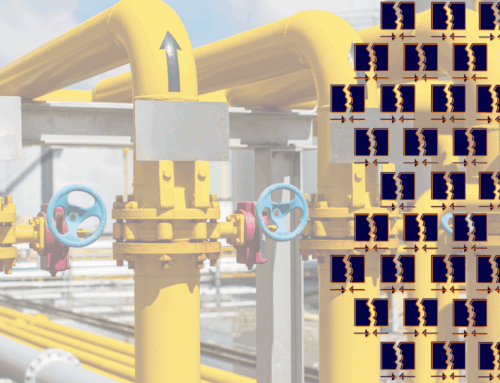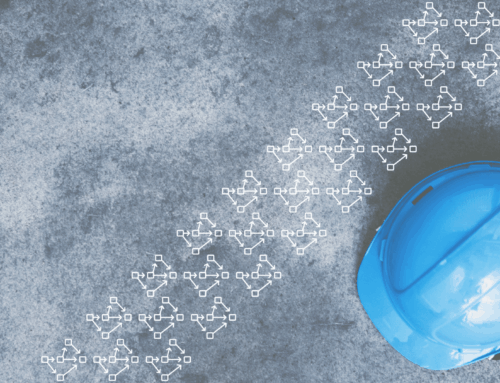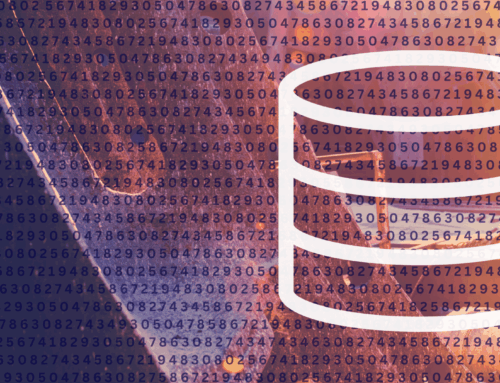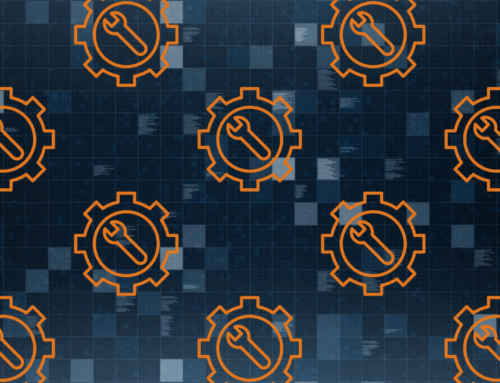We recently had the privilege of attending WEFTEC and participating in a panel discussion about digital water. The conversation was rich with insights, and we wanted to share some key reflections from that discussion.
One theme that emerged was the need to cut through the noise and return to fundamentals around digital transformation. When discussing digital transformation in the water and wastewater sector, it’s easy to get swept up in the buzzwords: machine learning, neural networks, large and small language models, and high-speed data processing. But taking a step back to ask the fundamental question is crucial: why are we here?
Starting with Why
Digital water technology exists to enable utilities to provide cost-effective, clean water that keeps the world moving. Clean water, not clean data, is the driver. This distinction matters. Technology is a means to an end, not the end itself.
When technology often advances faster than our ability to implement it meaningfully, the water and wastewater industry faces an additional requirement. While innovation is essential, utilities carry the critical responsibility of public health and environmental stewardship. Every decision about digital transformation must ultimately trace back to this fundamental mission: ensuring communities have access to safe, reliable drinking water and effective wastewater treatment that protects both public health and the environment.
This grounding principle helps utilities avoid the common pitfall of implementing solutions in search of problems. Instead, it creates a framework where technology serves the core mission rather than distracting from it.
Moving to What
With a clear purpose, the next question emerges: what are we trying to achieve? What digital solutions can help the industry improve its ability to provide clean and safe water now and in the future?
This is where specific needs, use cases, and applications come into focus. For example, when there are reliability issues with equipment, advanced pattern recognition software can help by detecting potential hidden failures before they happen, enabling more proactive maintenance activities. The result is saved time, energy, and money.
But the applications of digital water technology extend far beyond equipment maintenance. Digital tools can help optimize treatment processes, reducing chemical usage while maintaining water quality. They can improve energy efficiency across facility operations, lowering costs and environmental impact. They can enhance regulatory compliance through better monitoring and documentation. They can even improve customer service by providing real-time information about system performance and service disruptions.
The key is matching the right tool to the right challenge.
Understanding How: The Three Essential Ingredients
With the why and what established, the question becomes how to actually solve these problems. For HanAra, the approach can be broken down into three main elements: data, people, and security.
Data: Building a Solid Foundation
Returning to the equipment reliability example, data can indeed help, but the principle of ‘garbage in, garbage out’ applies. Using machine learning to identify deviations in equipment condition requires some degree of reliability, accuracy, and contextualization in the underlying data.
This means utilities need to think carefully about their data infrastructure. Organizations must properly calibrate and regularly maintain their sensors. Data collection systems need to be reliable and consistent. And perhaps most importantly, data needs to be properly contextualized.
And unfortunately, there’s no magic solution here. While perfect data isn’t necessary, a solid foundation is essential to build upon. The good news is that utilities don’t need to achieve perfection on their digital water transformation journey. Starting with a focused use case and expanding data quality efforts from there often proves more effective than attempting to perfect all data systems at once.
People: Where Value Is Created
Even with strong data foundations, the human element remains critical. People take insights and create actual value for operations. This requires effective change management and integration into day-to-day activities.
Successful digital transformation goes beyond simply implementing new technology. The people side creates opportunities to leverage expertise and generate that powerful concept of 1+1=3. When the right people receive the right information at the right time, the applications and value of digital transformation truly expand.
This means investing in training and education so staff can effectively use new tools. It means involving operators and technicians early in the technology selection process to ensure solutions fit real workflows. It means creating feedback loops where frontline staff can share insights that improve how organizations deploy and use technology.
The most successful implementations recognize that experienced operators possess invaluable institutional knowledge. Digital water technology should augment, not replace, this expertise. When utilities strike this balance, the combination of human insight and technological capability creates outcomes neither could achieve alone.
Security: A Non-Negotiable Requirement
Having the right data connected to the right people means nothing if it comes with security risks. Security is a requirement, full stop. This isn’t an area for compromise.
Water and wastewater systems represent critical infrastructure, and the increased connectivity that enables digital transformation also creates potential vulnerabilities. Utilities must implement robust cybersecurity measures, including network segmentation, access controls, and regular security audits. The investment in security isn’t optional. It’s foundational to any responsible digital transformation effort.
Looking Towards the Future with Digital Water Technology
By combining data, people, and security, utilities can leverage digital transformation tools and techniques to address both current challenges and future opportunities in providing clean and safe water globally.
Digital transformation isn’t about chasing the latest technology trend. It’s about thoughtfully applying the right tools to solve real problems and ultimately fulfill the mission of delivering clean, safe water.
As the water and wastewater industry continues to face growing challenges (aging infrastructure, climate change impacts, workforce transitions, and increasing regulatory requirements), digital tools will play an increasingly important role. But success will come to those utilities that keep their focus on the fundamentals: starting with why, clearly defining what they want to achieve, and thoughtfully addressing how through attention to data, people, and security.
